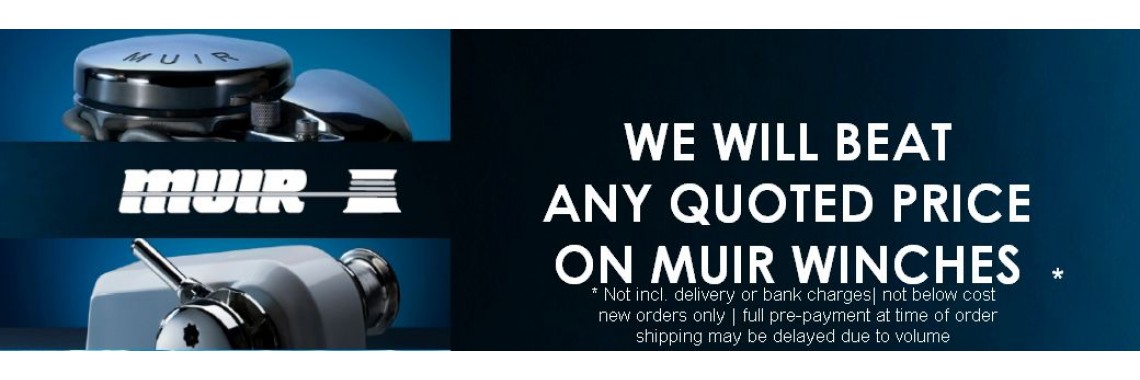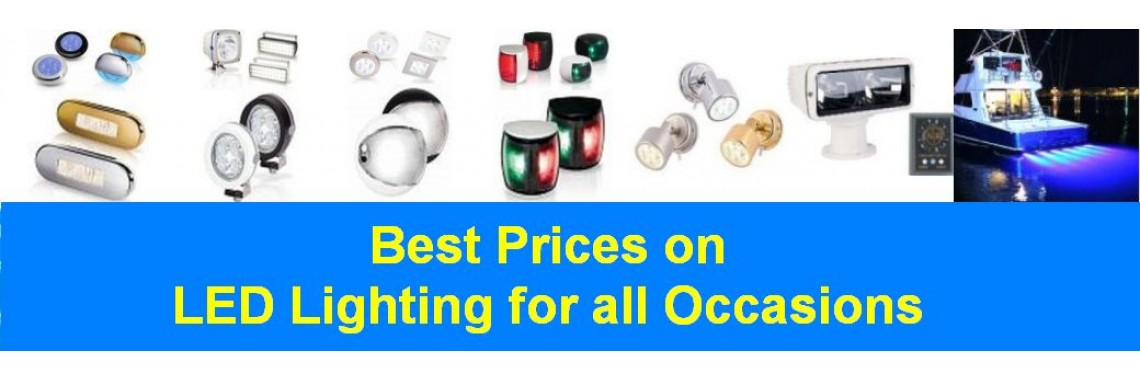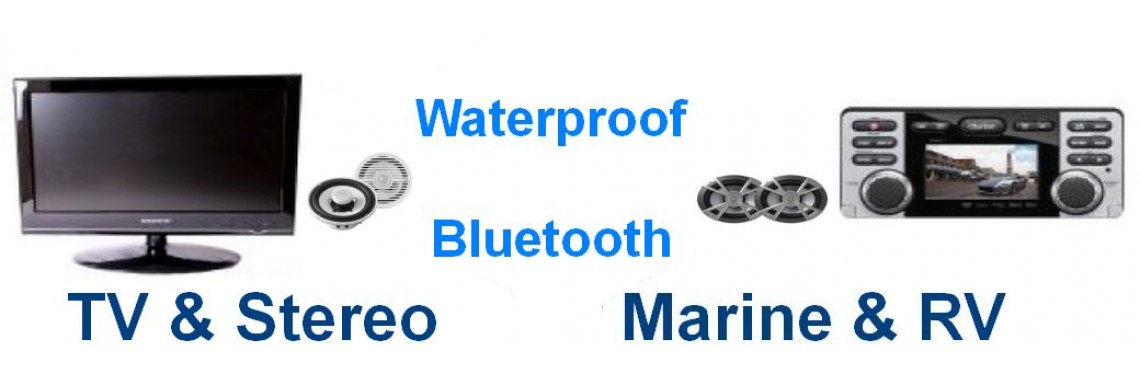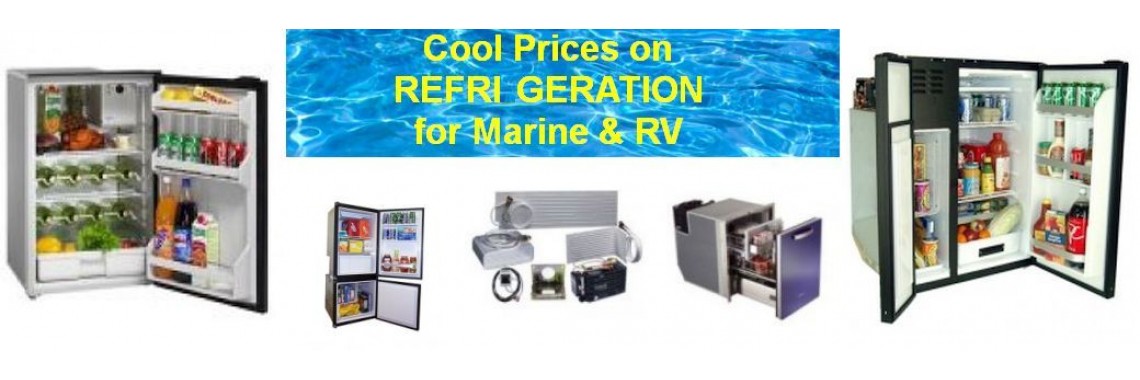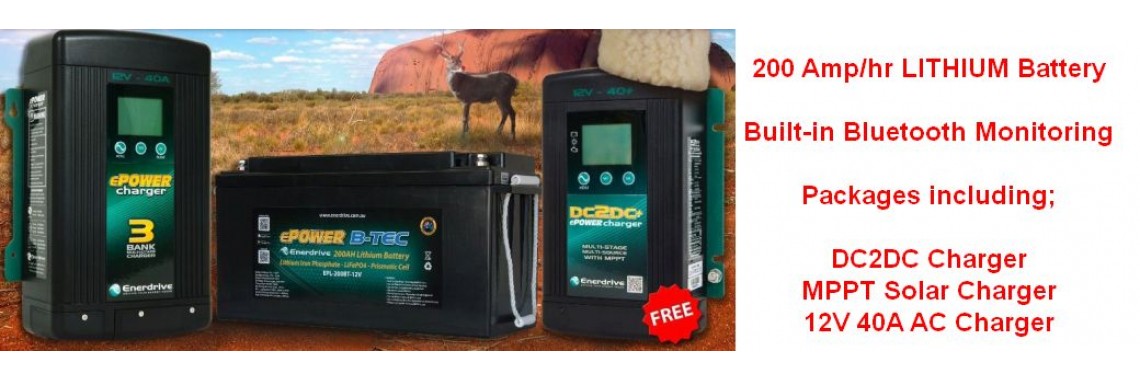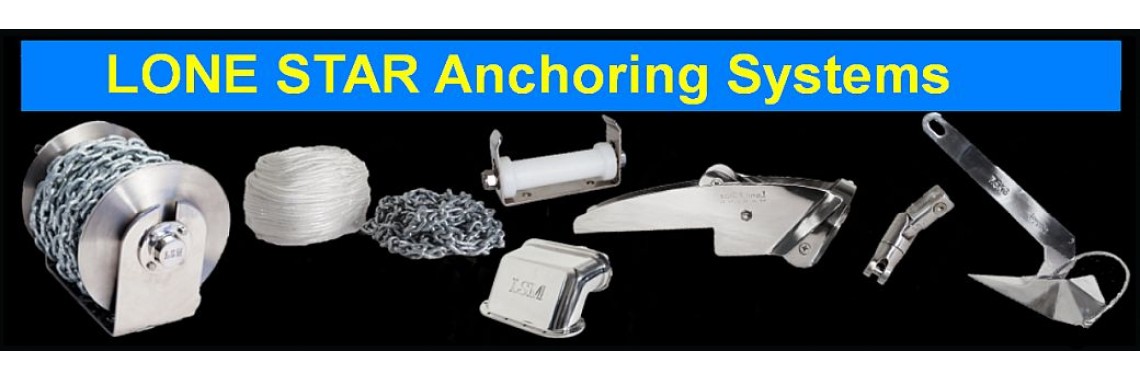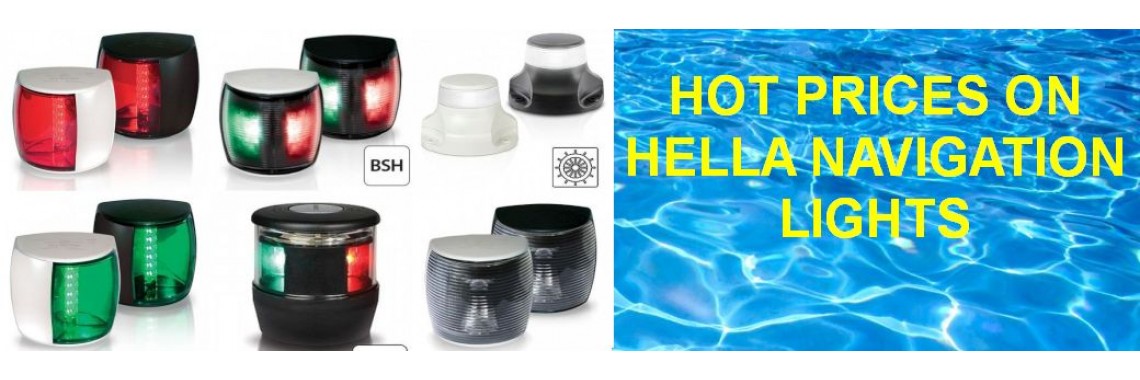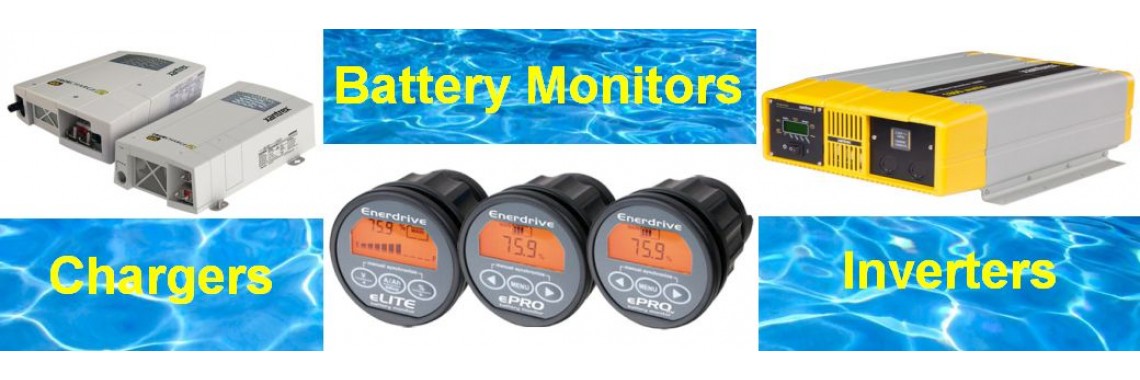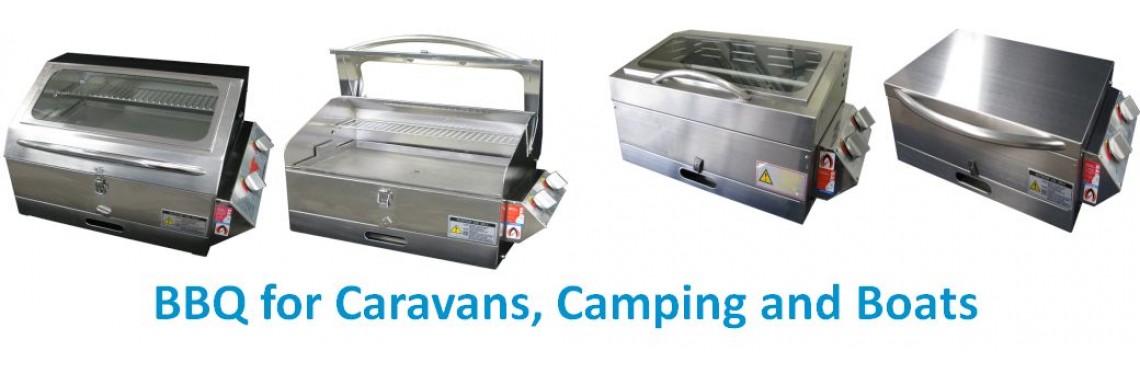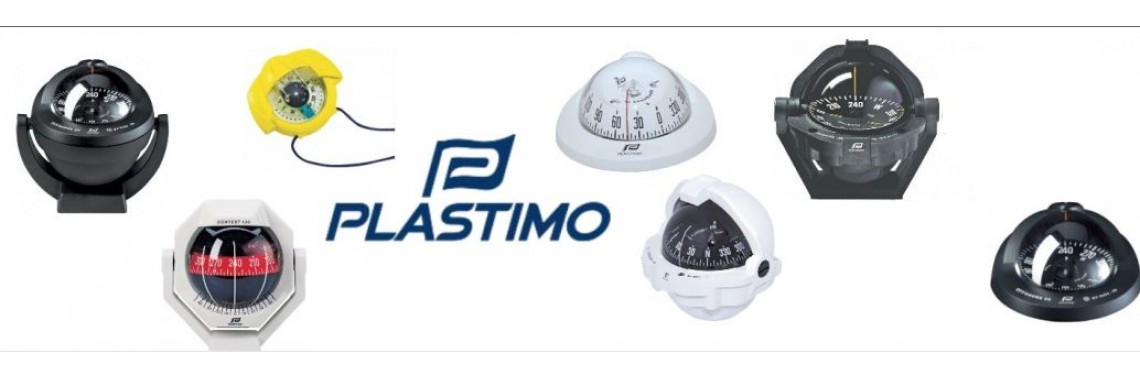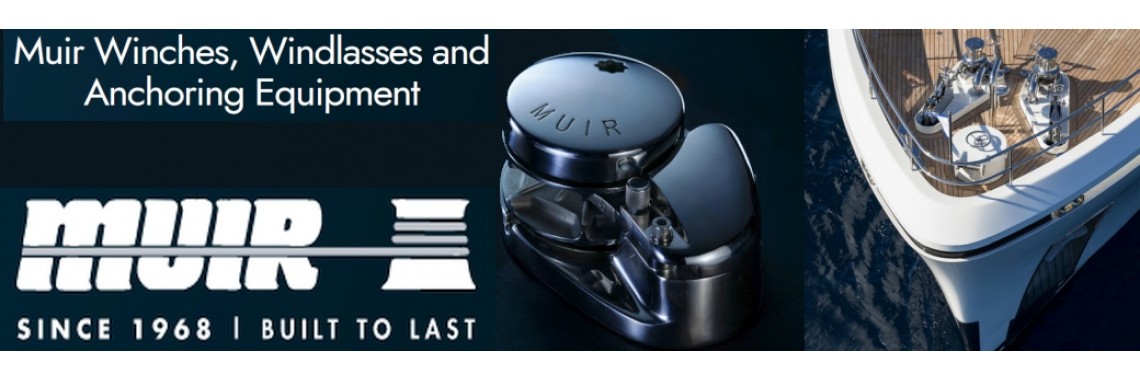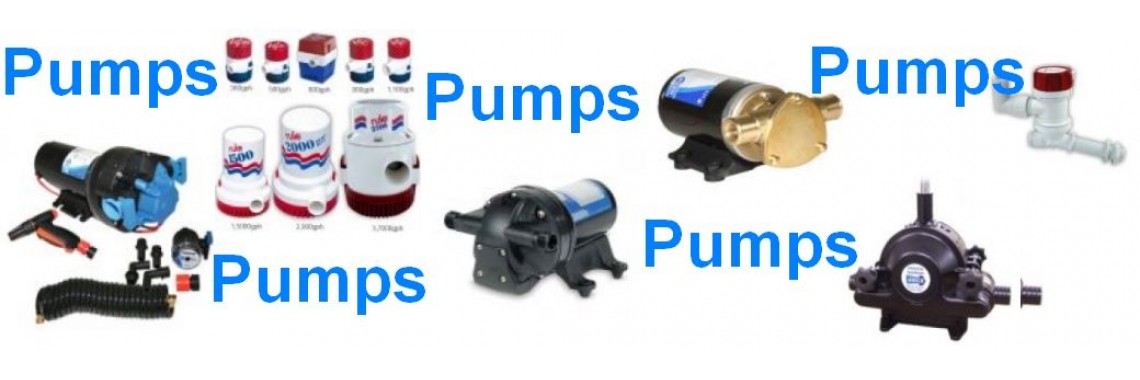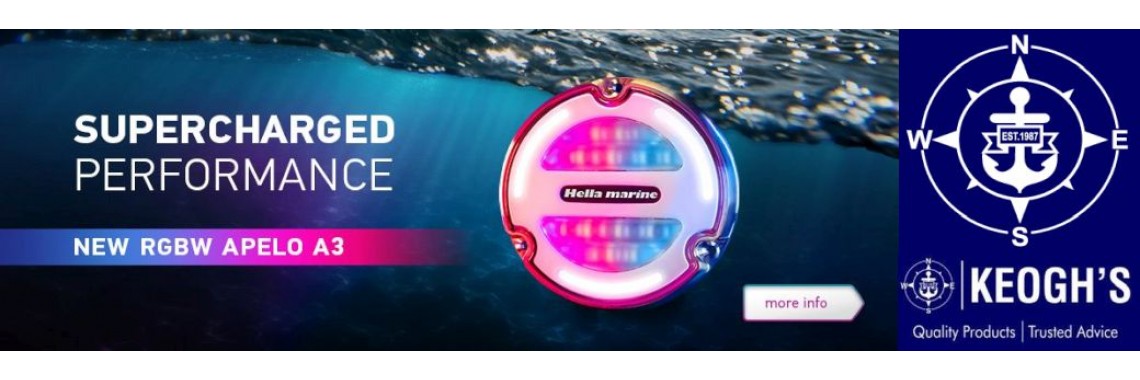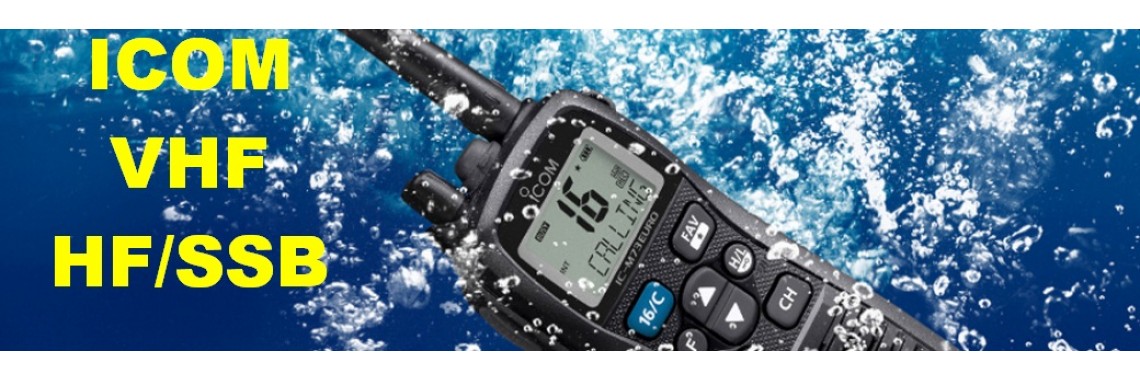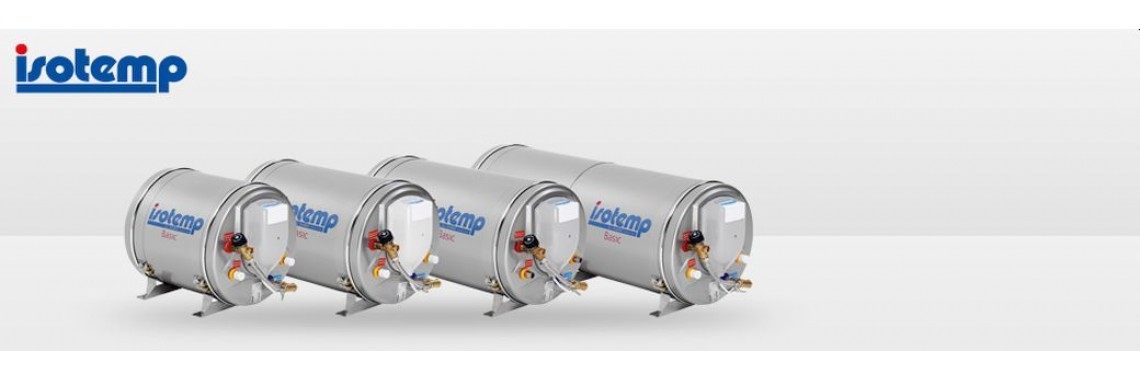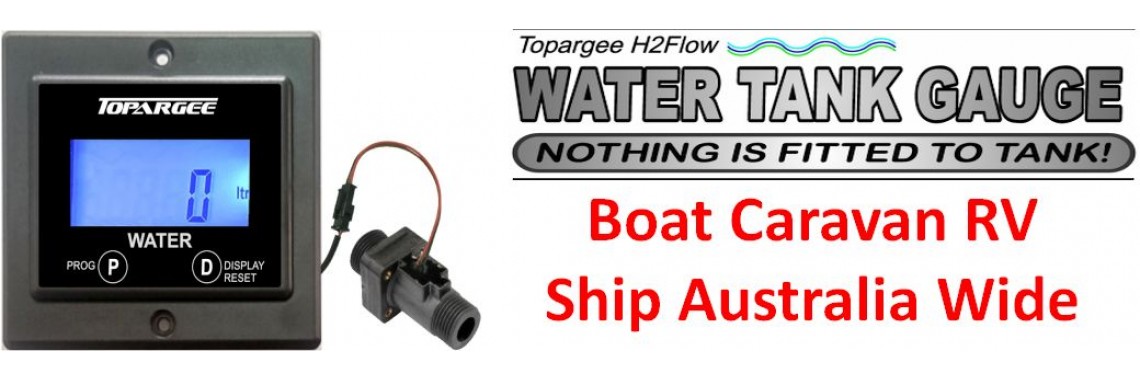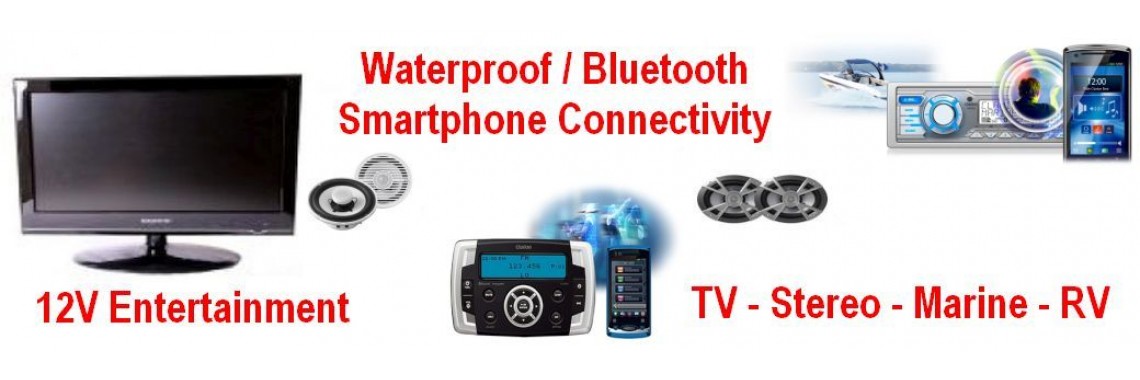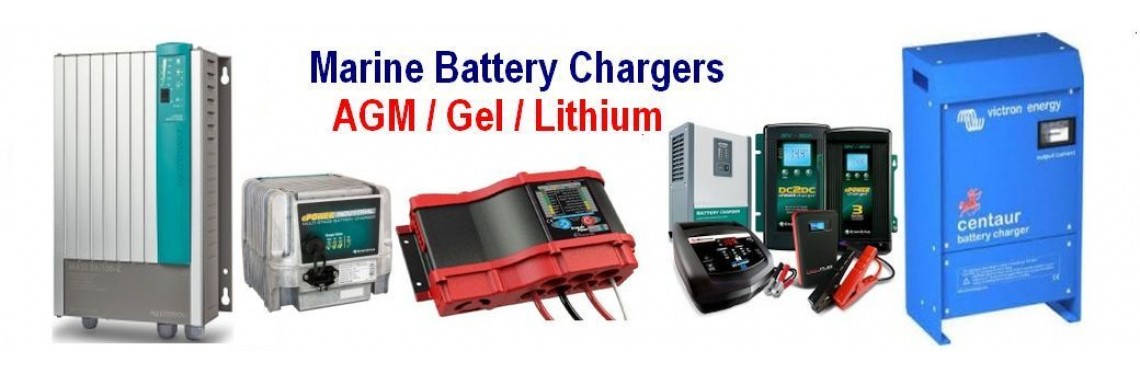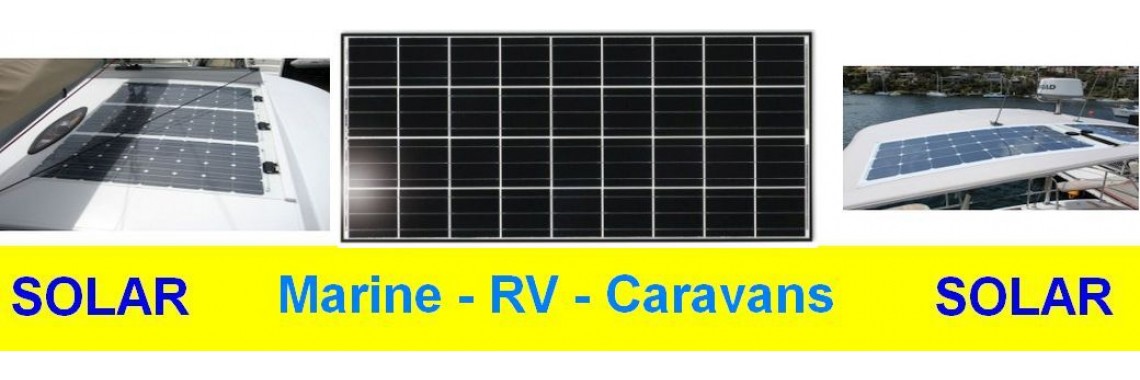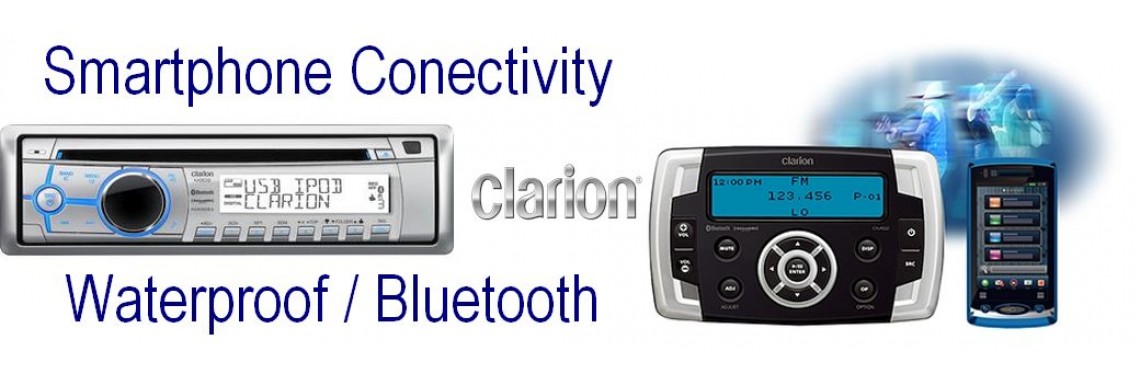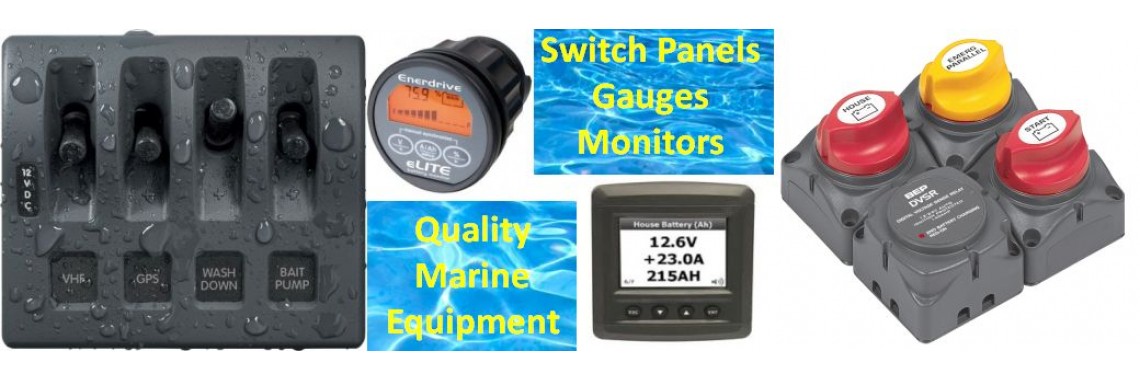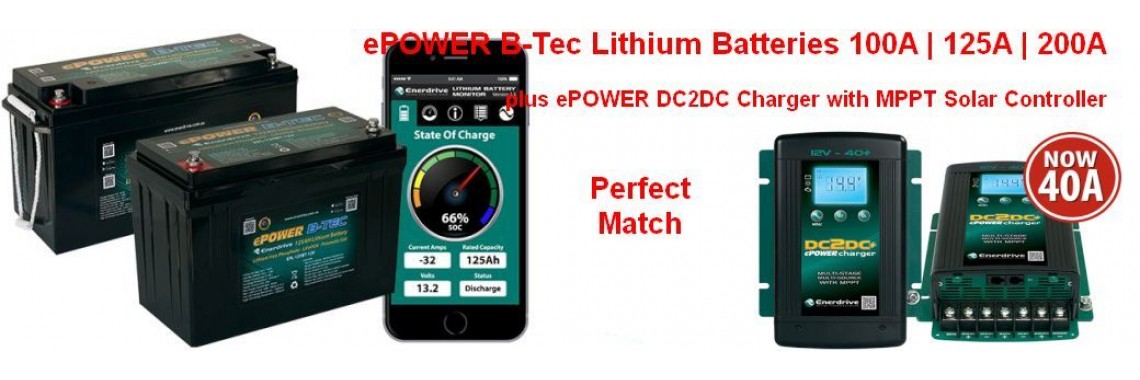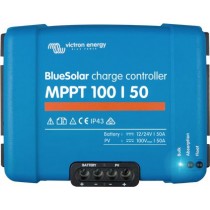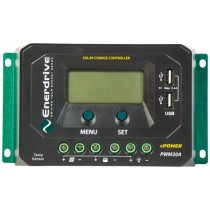Solar Charge Controllers
Solar Charge Controllers
What is the difference between a PWM and MPPT charge controller?
Pulse-Width Modulating (PWM) charge controllers use complex algorithms to determine the amount of charge going to a battery and slowly taper off charging as the battery becomes full. One of the greatest advantages of PWM controllers is that they have been around for many years, are cheaper, and are available in a wider variety of sizes for different applications. Some drawbacks of using a PWM controller are that when sizing a system the controller must match the voltage of the battery bank, and PWM controllers are normally limited to 60 amps maximum.
Multiple Power Point Tracking (MPPT) charge controllers take into account the fact that a solar panel sometimes puts out variable output due to weather conditions, and can automatically match the voltage it is producing to the voltage of the battery in order to maximize charging efficiency. MPPT controllers have the capacity to handle more than PWM controllers and allow for more expansion within the system. The main drawback is that MPPT charge controllers are generally more expensive than PWM controllers.
When choosing between a controller it is important to gauge the size of the system. At a smaller scale, the difference in efficiency between PWM and MPPT controllers may not be noticeable enough to justify the price difference between the two controllers, but on larger multipanel systems, the efficiency plays a much larger role in how well the system will perform and how the system might be wired.
There are no products to list in this category.


